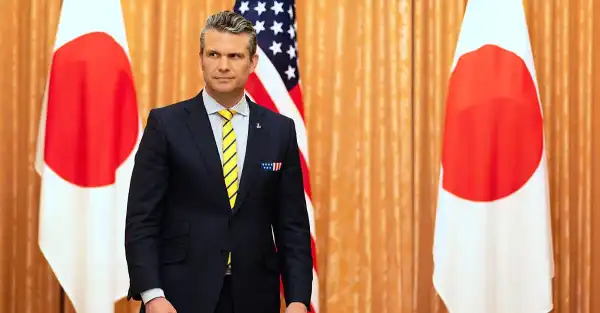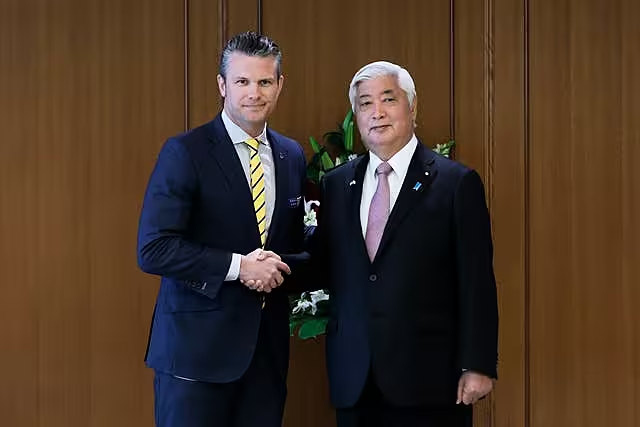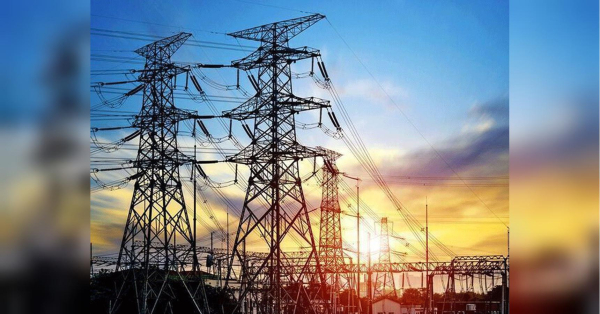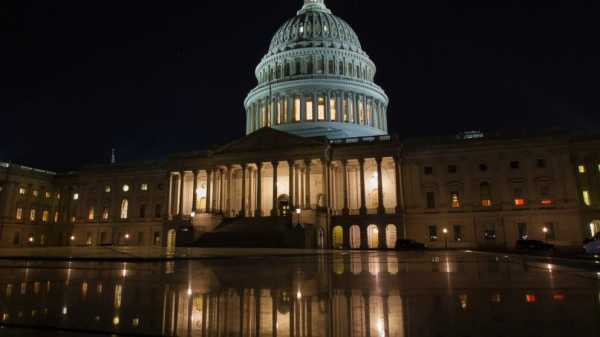
US Defense Secretary Pete Hegseth described Japan as an “indispensable partner” in containing China's growing aggressiveness in the region.
Mr Hegseth announced the transformation of the US military command in Japan into a new “operational headquarters”.
On his first trip to Asia, with Japan as his second stop, he also noted the need for both countries to accelerate efforts to strengthen their military capabilities given China's assertive military moves and potential crises in Taiwan.
“Japan is our indispensable partner in deterring military aggression from communist China,” Mr. Hegseth said at the start of talks with Japanese Defense Minister Gen Nakatani in Tokyo.
“As you know, the United States is moving rapidly to re-establish deterrence in this region and around the world.”

His remarks came as confirmation at a time when Japan is concerned about possible changes in U.S. involvement in the region under President Donald Trump's “America First” policy, according to Japanese defense officials who spoke anonymously.
Mr Trump also threatened to impose trade tariffs on Japan, raising further concerns.
The two sides agreed to accelerate plans to jointly develop and produce missiles such as the Medium-Range Advanced Air-to-Air Missile (MRAAM) and consider producing SM-6 surface-to-air missiles to address shortages of ammunition, Mr. Nakatani said.
The ministers also agreed to expedite the maintenance of U.S. warships and aircraft in Japan to strengthen and complement Japanese and U.S. defense industries.
Japan and the United States agreed in July to modernize command and control of Japanese and U.S. forces in the East Asian country under the Biden administration, a major structural change aimed at improving joint operational and response capabilities. There are more than 50,000 U.S. troops in Japan.
Last week, Tokyo created the Japan Joint Operations Command (JJOC), whose primary mission is to coordinate the activities of Japan's land, sea, and air self-defense forces. The initiative is intended to significantly improve its ability to respond to unexpected situations and improve interoperability with the United States.
On Sunday, Mr. Hegseth announced a revamp of the existing U.S. Forces Japan command, appointing a single operational commander who will serve as a joint force headquarters to interface with his Japanese counterpart and serve as a “battle headquarters” to improve the speed and capabilities of their forces’ joint operations.
Sourse: breakingnews.ie






